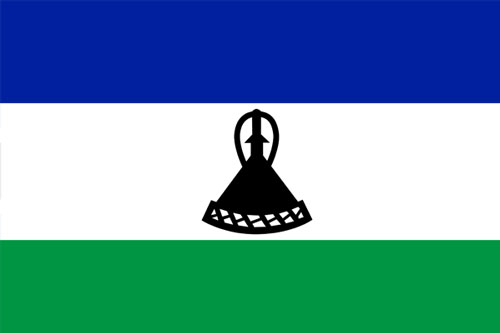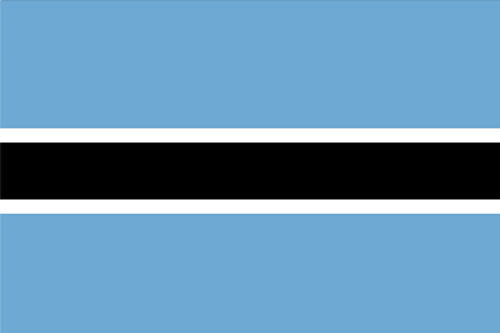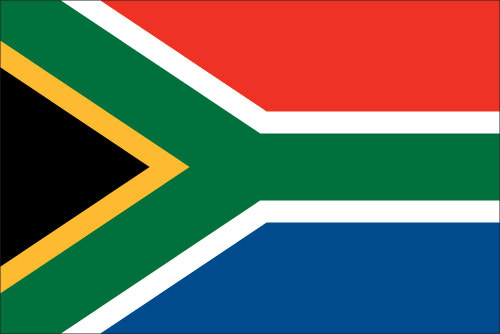
Quick Facts
- English and SeSotho are the official languages of the country.
- The country measures out at about 11,000 square miles. That’s roughly the size of Maryland!
- In 2014, the adult literacy rate (age 15 and up) for Lesotho was 76.6 %. This is a decline from 86.3 % in 2000.
- More than 40% of the population live below the poverty line
- Lesotho’s adult prevalence rate of HIV/AIDS is the second highest percentage in the world at 25%. It has disproportionately affected rural, working-age populations.
- About 75% of the population in Lesotho live in rural areas.
- Lesotho is a high-altitude country, 2161 meters above sea level. It is also famously known as “The Kingdom in the Sky”.
Lesotho
563 libraries established
Lesotho is a tiny country nestled in the middle of South Africa. Founded as a kingdom in the 1820s, Lesotho was a British protectorate for almost 100 years before regaining independence in 1966. Today, the country is one of the world’s smallest constitutional monarchies known for its beauty and unique culture.
Education in Lesotho: Since 2000, primary school education in Lesotho is free and as a result, enrollment has increased. Unfortunately, parents face many issues paying tuition at the high school level. Only about a third of high school-age children attend school due to a lack of funding and space. Strides in education development continue to be made. Lesotho is the home of the first ALP library in Malealea Valley. Since then, ALP has partnered with the U.S. Peace Corps, the Ministry of Education, and local citizens to start and improve more than 535 community libraries; this includes libraries in schools and hospitals.
Learn More About The Regions We Serve

Kenya
To walk the land of Kenya is to walk the history of humankind. Did you know some of the earliest fossils of prehistoric humans have been discovered in Kenya? A former British colony, Kenya achieved independence in 1963. Since then, the country has seen vast economic growth both in agriculture and technology.
Learn More
Uganda
Uganda, officially known as the Republic of Uganda, is one of the youngest countries on earth with half of its population under the age of 14. Although control of the country passed to the British Colonial Office in 1905, Uganda was never fully colonized.
Learn More
Botswana
Botswana, a former British protectorate, gained independence in 1966. The country’s economy depended primarily on livestock until the 1970s when Botswana became a major exporter of diamonds. Currently, Botswana has one of the most successful economies and stable democracies in Africa.
Learn More
Lesotho
Lesotho is a tiny country nestled in the middle of South Africa. Founded as a kingdom in the 1820s, Lesotho was a British protectorate for almost 100 years before regaining independence in 1966. Today, the country is one of the world’s smallest constitutional monarchies known for its beauty and unique culture. Since 2000, primary school education in Lesotho is free and as a result, enrollment has increased.
Learn More
Malawi
Known as “The Warm Heart of Africa”, The Republic of Malawi is a landlocked country with a population of 18.7 million. The history of Malawi goes back to the 10th century, when the area was first settled. Today, Malawi is one of Africa’s poorest and most densely populated nations. Malawi’s economy is based on agriculture. Maize (corn) is the country’s main staple food while tea, coffee and sugar are some of its biggest exports.
Learn More
South Africa
South Africa (pop. 60.1 million) gained its independence in 1910. There are eleven official languages including IsiZulu, IsiXhosa, Sotho, Afrikaans, and English, the most common languages. South Africa is roughly one-eighth the size of the United States or five times larger than Britain.
Learn More
Ghana
Previously an African Empire and then a British colony, Ghana gained independence from the UK in 1957. It was the first sub-Saharan nation to achieve autonomy from colonial rule. Ghana was also the first place in sub-Saharan Africa where Europeans arrived to trade - first in gold, later in slaves. Archaeological evidence shows that humans have lived in present-day Ghana from about 1500 BC. Today, Ghana is a model of democracy for the continent and the world.
Learn More
Sierra Leone
According to archeological findings, people have been residing in the Sierra Leone for at least 2,500 years. In the sixteenth century Sierra Leone was a very important center for the transatlantic slave trade. However the country’s involvement with the slave trade ended in 1787 after Freetown was established by repatriated former slaves. Due to its rough beginnings, over 70% of the population in Sierra Leone lives under the poverty line.
Learn More














